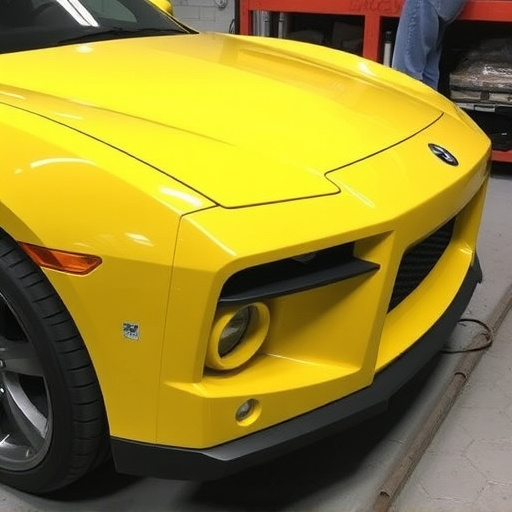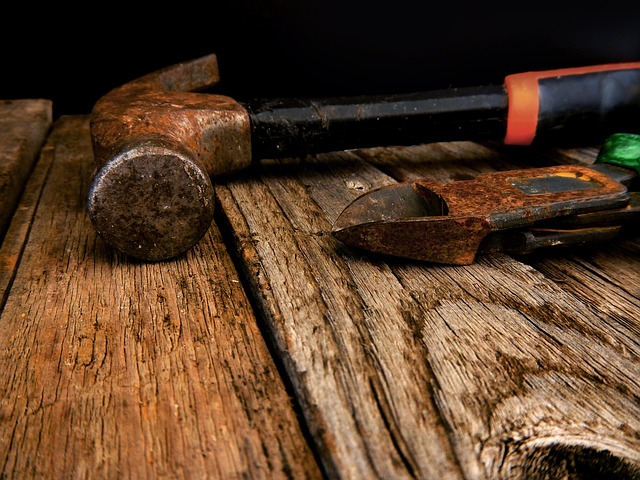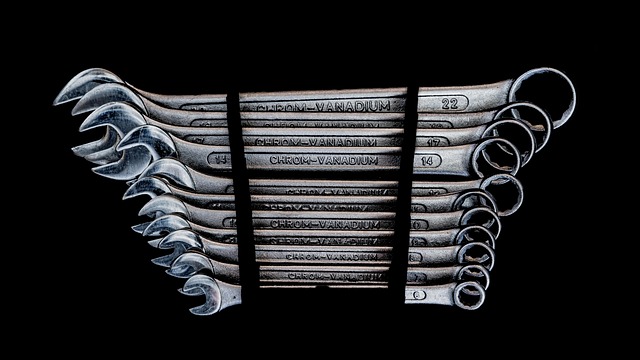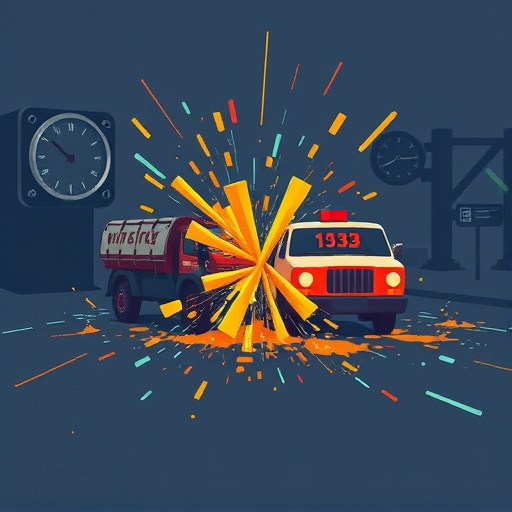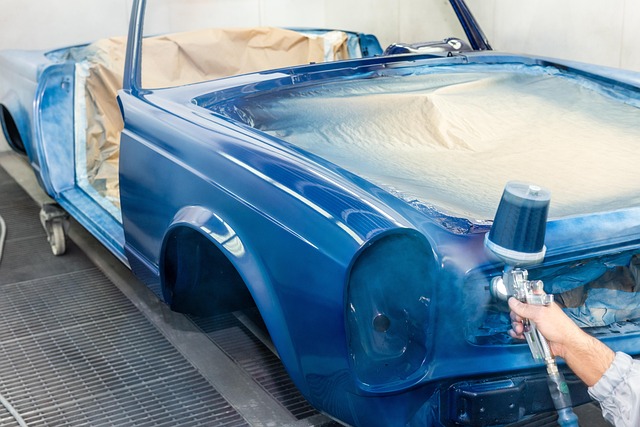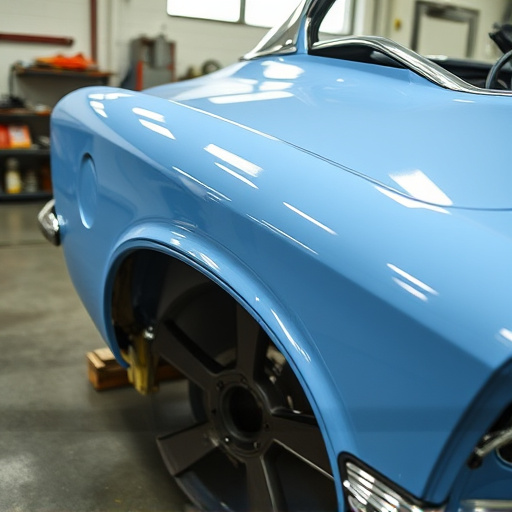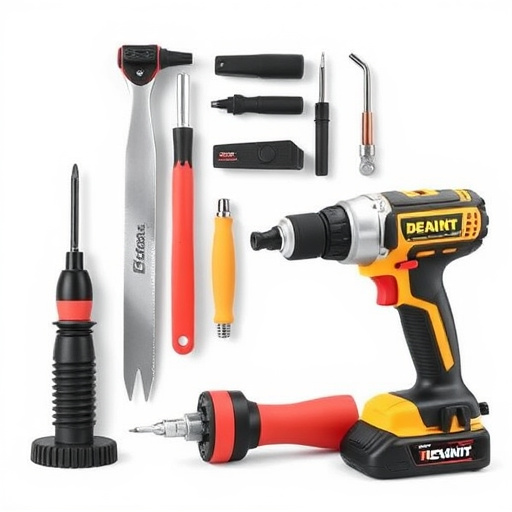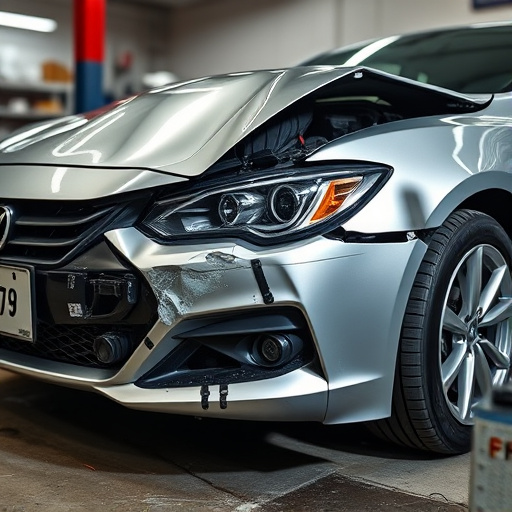Post-repair inspections are vital for ensuring vehicles meet pre-incident conditions, streamlining the repair completion timeline. These detailed assessments go beyond surface checks, focusing on structural integrity, paint quality, and functionality. By identifying hidden flaws early, these inspections prevent costly re-repairs, enhance client satisfaction, and boost repair shop reputations. Implement clear guidelines with a focus on functional and aesthetic integrity to maintain high-quality standards and foster precision within auto repair services.
Post-repair inspections are a critical phase in ensuring the quality and longevity of repairs, playing a pivotal role in the overall repair completion timeline. This article delves into the significance of these inspections, highlighting their benefits for both service providers and clients. We explore how they impact the efficiency of repair processes while maintaining high standards. Additionally, best practices will be discussed to optimize post-repair inspection implementation, ultimately enhancing the entire repair journey.
- Understanding Post-Repair Inspections: Their Role and Benefits
- The Impact on Repair Completion Timeline: Efficientity and Quality Assurance
- Best Practices for Successful Post-Repair Inspection Implementation
Understanding Post-Repair Inspections: Their Role and Benefits
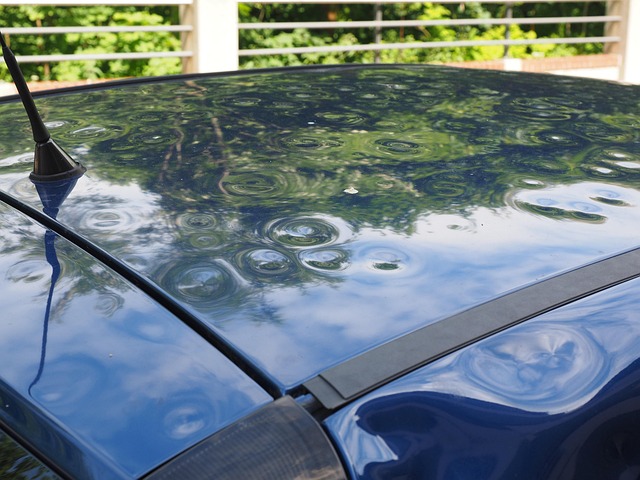
Post-repair inspections are a critical step in the repair completion timeline, ensuring that vehicles return to their pre-incident condition. These thorough assessments go beyond initial visual checks, involving detailed examinations of structural integrity, paint quality, and overall functionality. The role of post-repair inspections is multifaceted; they verify the accuracy of the repair work, identify any hidden flaws or discrepancies, and provide a guarantee of quality.
Benefits extend to both customers and repair facilities. For customers, it offers peace of mind, assuring them that their vehicles are safe and reliable. In the context of automotive collision repair or auto dent repair, these inspections ensure that structural components are restored to factory standards. For repair shops, they foster a culture of excellence, helping maintain high standards and client satisfaction. Additionally, post-repair inspections can prevent costly re-repairs, thereby enhancing customer loyalty.
The Impact on Repair Completion Timeline: Efficientity and Quality Assurance

Post-repair inspections play a pivotal role in managing the repair completion timeline, ensuring both efficiency and quality assurance in processes like automotive collision repair or frame straightening. By implementing these checks, repair facilities can identify and rectify issues early on, preventing minor problems from escalating into larger, time-consuming repairs. This proactive approach streamlines the workflow, minimizing delays that could extend the entire repair completion timeline.
Moreover, post-inspections serve as a quality control measure in car restoration projects. They verify that repairs are conducted to the highest standards, aligning with industry best practices and customer expectations. This attention to detail not only guarantees the safety and reliability of restored vehicles but also enhances the reputation of repair shops, fostering trust among their clientele.
Best Practices for Successful Post-Repair Inspection Implementation
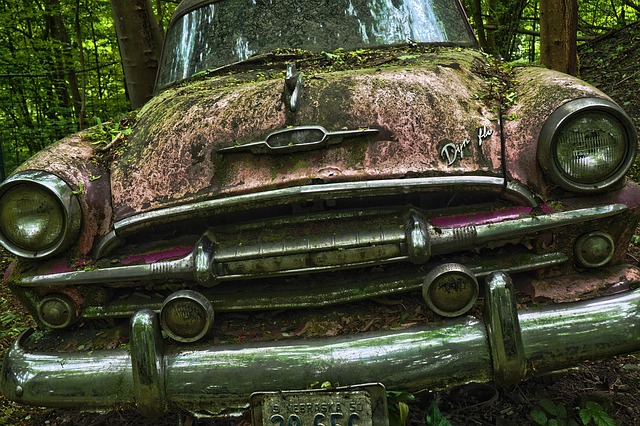
Implementing successful post-repair inspections is a critical step in any auto repair shop’s process, ensuring customer satisfaction and maintaining high-quality vehicle dent repair standards. To achieve this, establish clear guidelines for your team. Inspectors should thoroughly review every repair, checking for both functional and aesthetic integrity. This includes verifying that all parts are correctly fitted, aligned, and meet the expected specifications.
During these inspections, pay special attention to details often overlooked by untrained eyes. For instance, ensure paintwork is flawless and aligns with the vehicle’s original finish. Check for proper sealing and coverage in vehicle dent repair areas to prevent future moisture intrusion. Integrate these best practices into your repair completion timeline, fostering a culture of precision and accountability within your auto repair services.
Post-repair inspections are a vital component of any comprehensive repair process, ensuring not only the highest quality work but also streamlining the entire repair completion timeline. By implementing these strategic checks, repair services can maintain consistent excellence, identify potential issues early on, and deliver satisfaction to customers. Embracing best practices for post-repair inspections is key to revolutionizing the industry standard, fostering efficient workflows, and providing exceptional service experiences.
